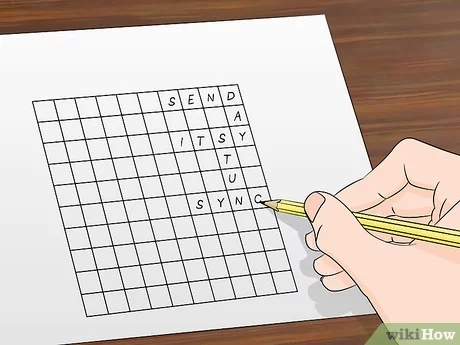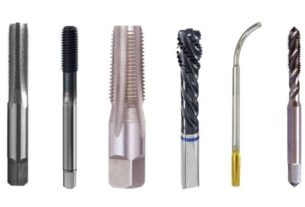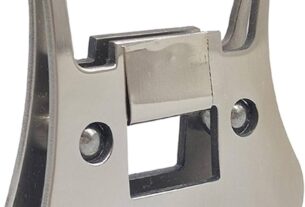If you’re an avid shooter or a hunter, then you know how important it is to have accurate and consistent ammunition. The neck turning tool is a game-changer in the world of precision reloading. It’s designed to help you achieve uniformity in your brass cases, which leads to better accuracy and tighter groups. In this comprehensive guide, we’ll cover everything you need to know about neck turning tools.
What is a Neck Turning Tool?
A neck turning tool is a device that allows you to trim the thickness of the brass around the neck of a cartridge case. This process ensures that each cartridge has uniform wall thickness, which helps achieve consistency in bullet seating depth and ultimately improves accuracy. Neck turning tools are typically used by handloaders who want to achieve the highest level of precision when reloading their ammunition.
Why Use a Neck Turning Tool?
There are several reasons why you should consider using a neck turning tool for your reloading needs:
1. Consistency – By trimming the brass around the neck of each cartridge case, you can achieve uniformity in wall thickness. This results in more consistent bullet seating depths and ultimately improves accuracy.
2. Longer Case Life – When brass cases are fired repeatedly, they tend to stretch and thin out around the neck area. Using a neck turning tool will ensure that your cases last longer because they won’t be overworked.
3. Better Bullets – If you’re using custom or match-grade bullets, then you want them to perform at their best. A neck turning tool helps ensure that each round is loaded with precision and consistency, which can lead to better overall performance.
How Does a Neck Turning Tool Work?
The neck turning tool consists of a cutter head that is attached to a mandrel. The mandrel fits inside the case mouth, while the cutter head trims away excess brass from around the neck area. The process is typically done by hand, but some neck turning tools can be used with a power drill for faster results.
Types of Neck Turning Tools
There are several types of neck turning tools available on the market today. Here are some of the most popular options:
1. Handheld – These tools require manual labor to trim the brass around the neck area. They’re usually affordable and easy to use, but they can take longer to produce results.
2. Power-Assisted – These tools use a power drill to spin the cutter head, which makes the process faster and more efficient. They’re usually more expensive than handheld options, but they can save you time and effort in the long run.
3. Bench-Top – These tools are typically larger and more expensive than handheld or power-assisted options. They’re designed for high-volume reloading and can produce consistent results quickly.
How to Use a Neck Turning Tool
Using a neck turning tool requires precision and patience. Here’s a step-by-step guide on how to use one:
1. Choose Your Brass – Select the brass cartridges that you want to work on and ensure that they’re clean and free from debris.
2. Insert Mandrel – Place the mandrel inside the case mouth so that it fits snugly.
3. Adjust Cutter Head – Adjust the cutter head so that it’s touching the brass around the neck area but not too tight.
4. Turn Slowly – Turn the neck turning tool slowly while applying light pressure until you’ve trimmed away enough brass from around the neck area.
5. Measure Thickness – Use a caliper to measure the thickness of the brass around the neck area to ensure that it’s uniform.
6. Repeat – Repeat these steps for each cartridge until you’ve achieved consistency across all your cases.
Tips for Using a Neck Turning Tool
Here are some tips that will help you get the most out of your neck turning tool:
1. Be Patient – Using a neck turning tool requires precision and patience. Take your time and don’t rush the process.
2. Wear Eye Protection – Always wear eye protection when using a neck turning tool to protect your eyes from flying debris.
3. Use Lubrication – Apply lubrication to the cutter head and mandrel to reduce friction and ensure smooth operation.
4. Keep it Clean – Regularly clean your neck turning tool to prevent debris buildup that can affect performance.
Conclusion
In conclusion, a neck turning tool is an essential piece of equipment for anyone who wants to achieve precision and consistency in their ammunition reloading. By achieving uniformity in brass thickness around the neck area, you can improve accuracy, extend case life, and produce better overall results. Whether you’re a competitive shooter or just someone who enjoys shooting as a hobby, a neck turning tool is worth considering for your reloading needs.
References:
1. https://en.wikipedia.org/wiki/Reloading
2. https://www.brownells.com/reloading/case-preparation/case-neck-turning-tools/index.htm
3. https://www.shootingtimes.com/editorial/reloading-neck-turning-for-accuracy/99315




